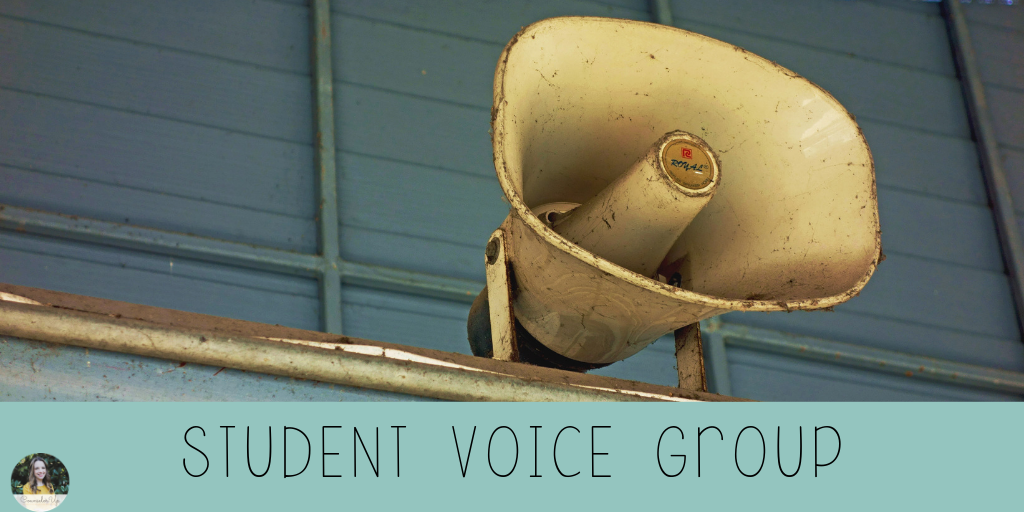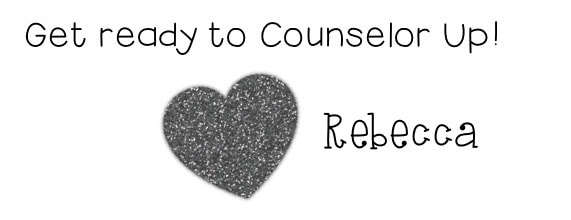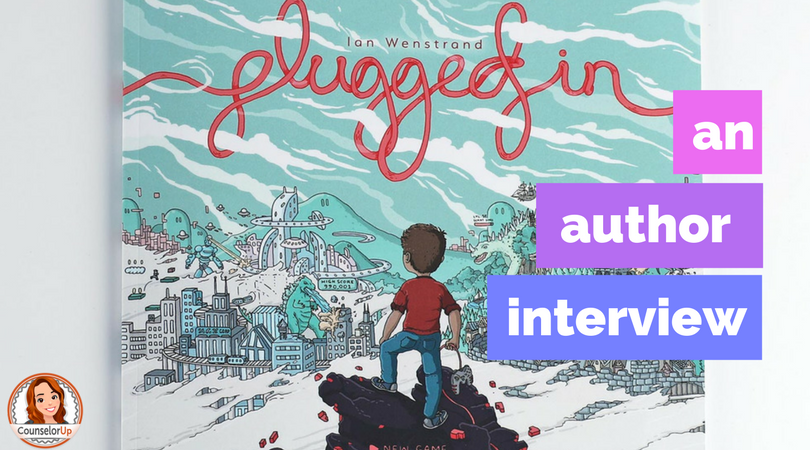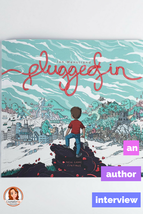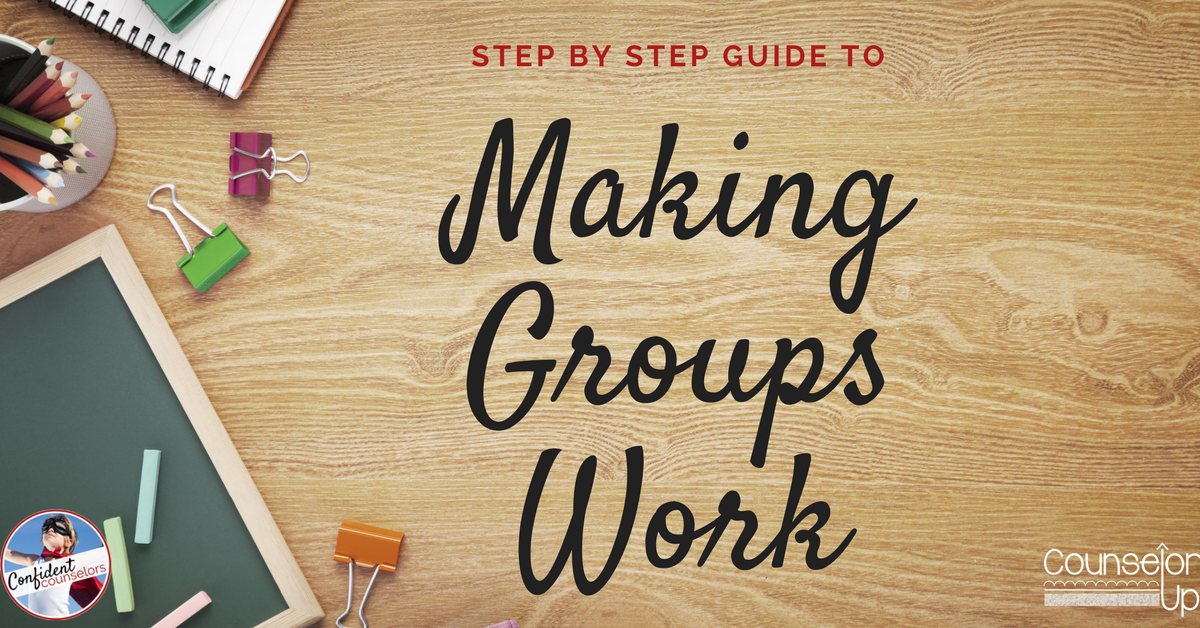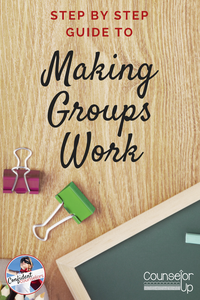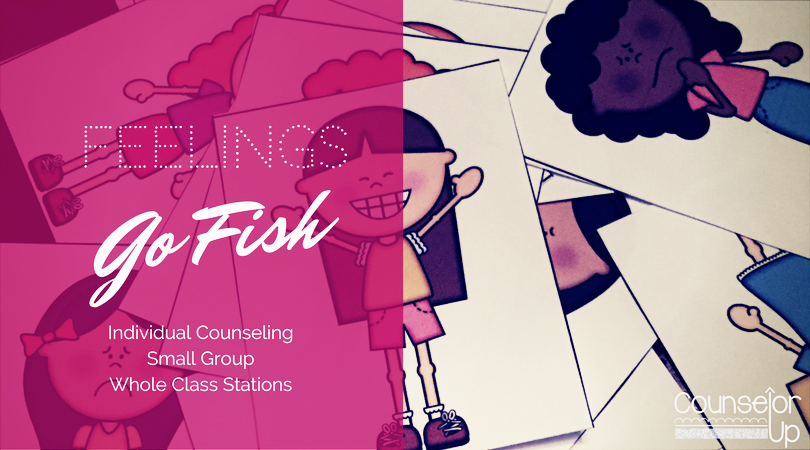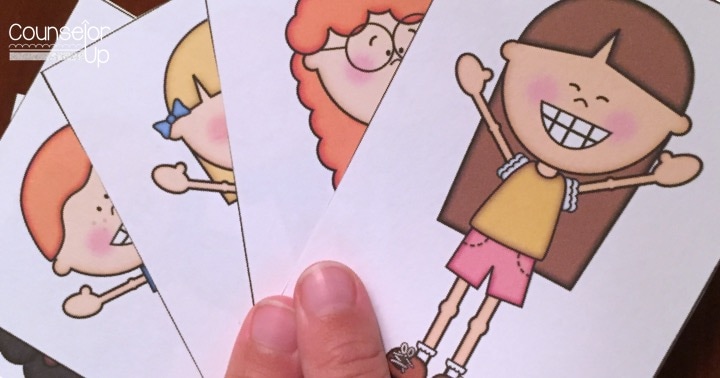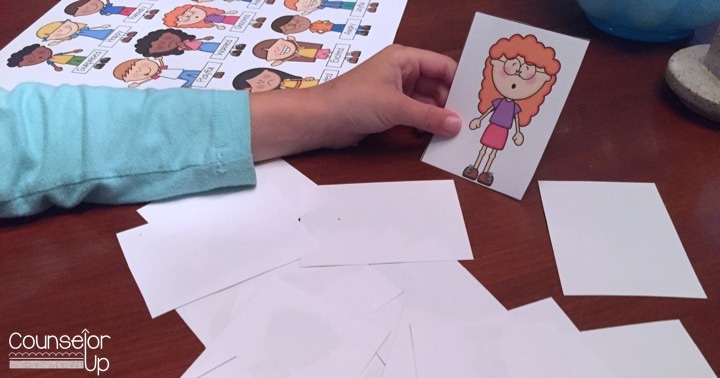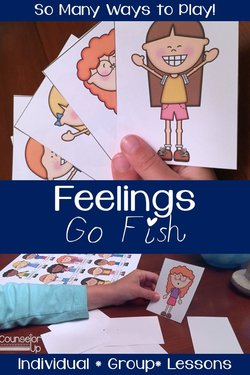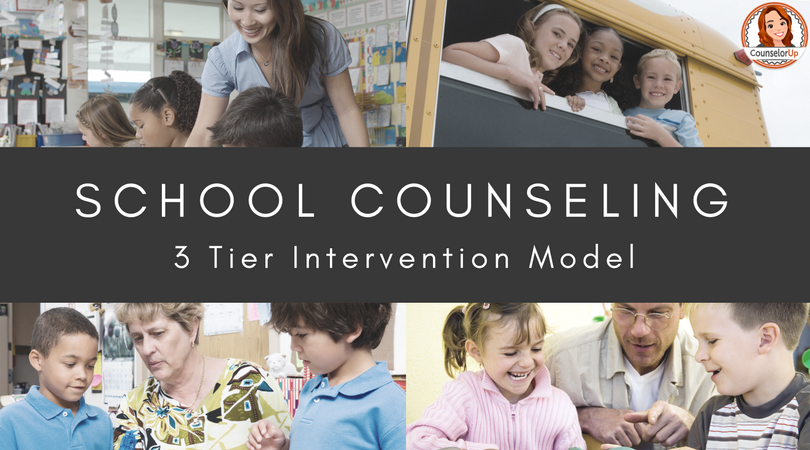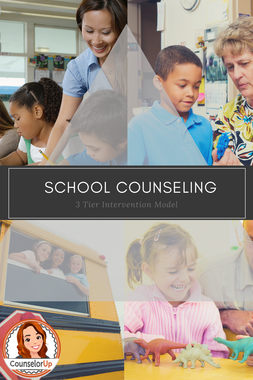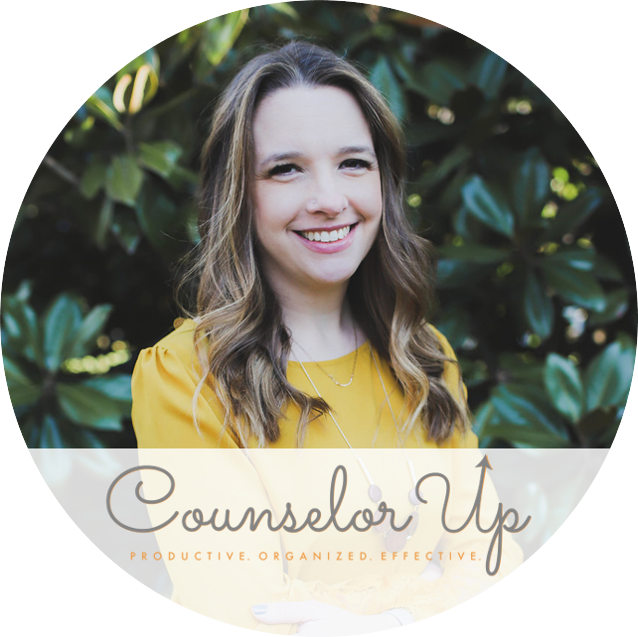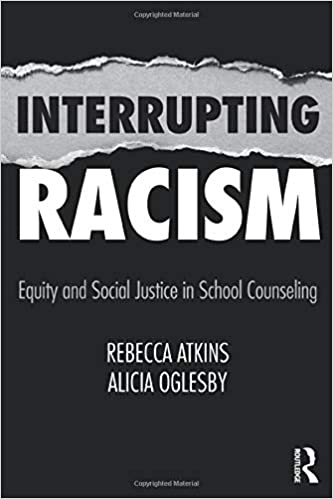What is Student Voice Team?
Selecting Students
Team Meetings
Here is an example agenda:
- Introduction/Greetings
- Warm Up Activity
- Team Norms
- Discussion: What were your thoughts or feelings about the article?
- Brian says that he lives in a house with his family but has no electricity. How do you think this affects Brian?
- What do you think some of Brian’s biggest worries or struggles would be?
- If Brian was a friend of yours, what questions would you want to ask him?
- What do you think would help Brian feel comfortable and relaxed at school?
- If Brian was a student at our school, would he be successful here?
- Ideas for action: How can we take what we've learned and make our school more inclusive for all students?
It's been such a pleasure to see the conversations that students have! Other topics to include: Disability, Race, and Bullying.

